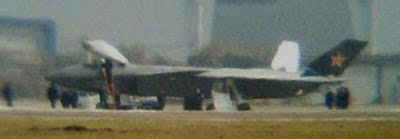Best Book Bejtlich Read in 2010

It's the end of the year, which means it's time to name the winner of the Best Book Bejtlich Read award for 2010!
I've been reading and reviewing digital security books seriously since 2000. This is the fifth time I've formally announced a winner; see 2009 , 2008 , 2007 , and 2006 .
Compared to 2009 (15 books), 2010 was a good reading year -- 31 technical or security books, or my fifth highest total since 2000. Incidentally I read a decent number of "security history" books, meaning characterizations of "the scene." Many covered the 1990s and are fairly old, but I had always wanted to read them.
My ratings for 2010 can be summarized as follows:
5 stars: 14 books
4 stars: 9 books
3 stars: 5 books
2 stars: 3 books
1 stars: 0 books
Please remember that I try to avoid reading bad books. If I read a book and I give it a lower rating (generally 3 or less stars), it's because I had higher hopes.
Here's my overall...











